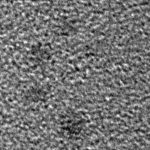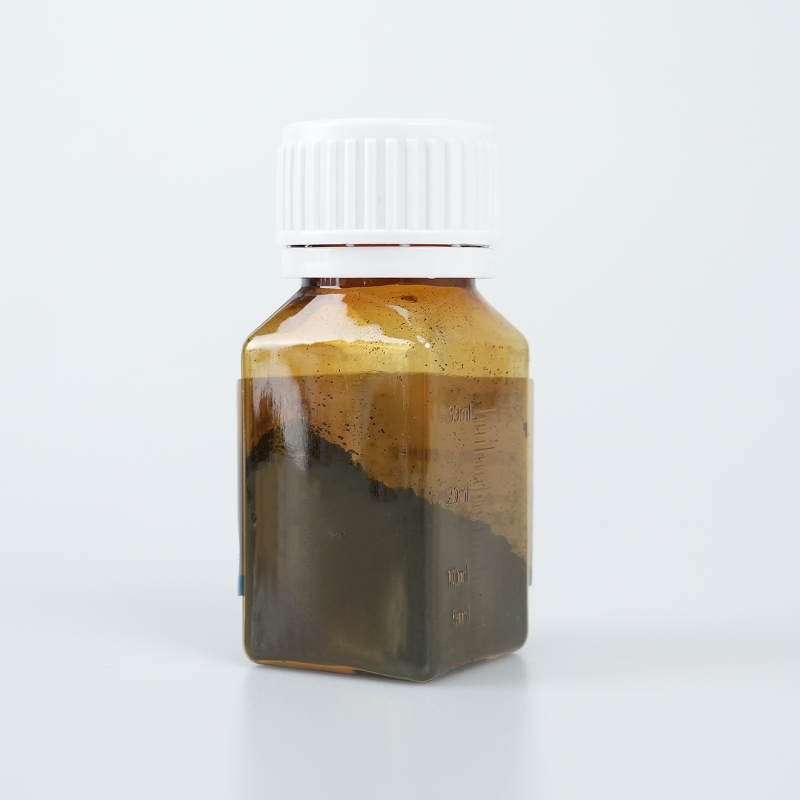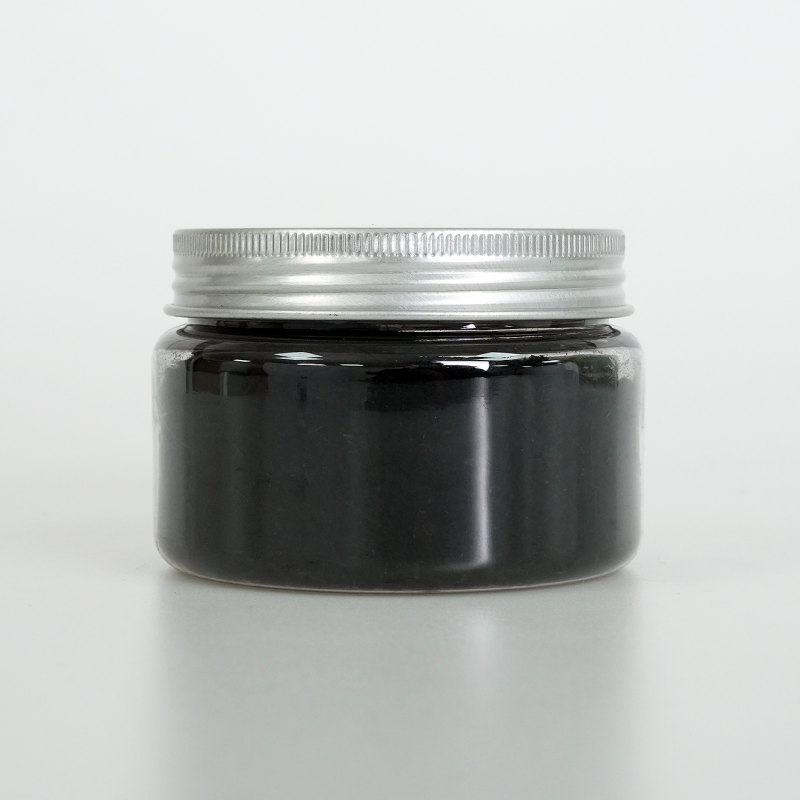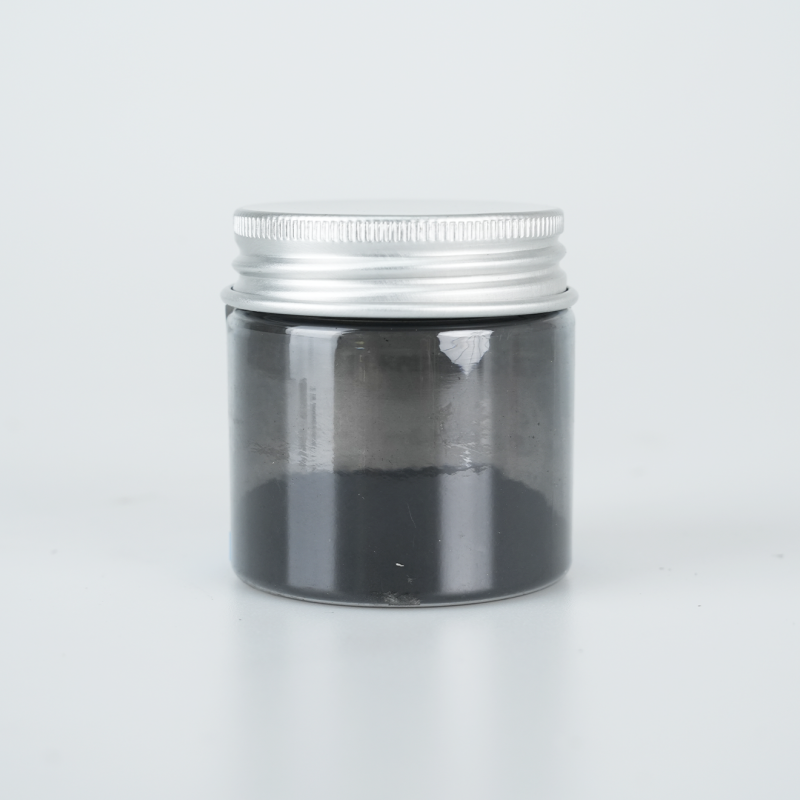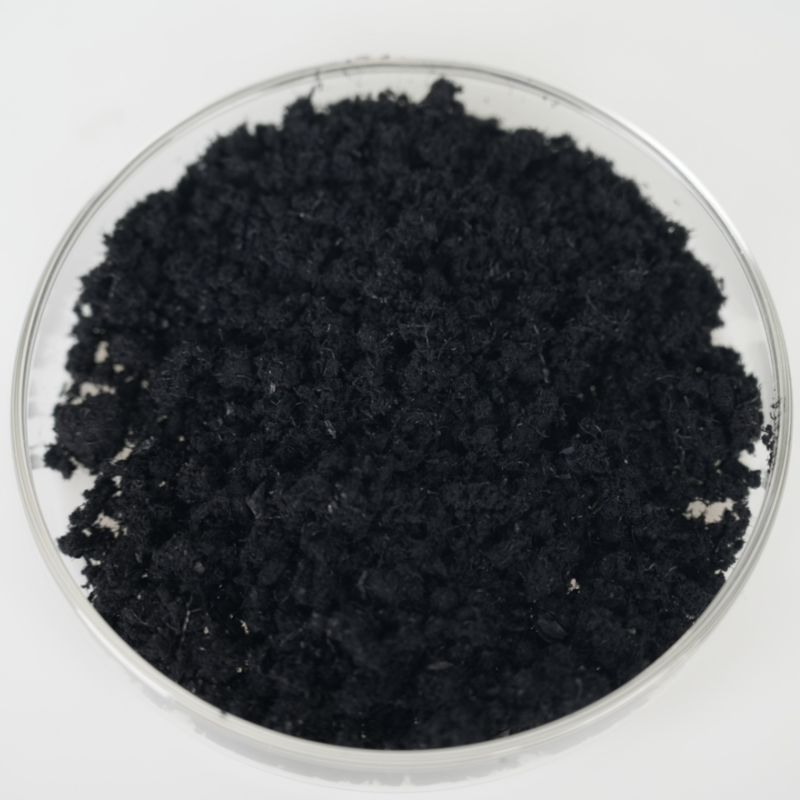Bovine serum albumin-reduced gold nanoclusters provide optimized fluorescence properties, superior biocompatibility, and enhanced stability. Designed for advanced applications, they ensure efficient dispersion, extended durability, and high-performance adaptability.
Product Overview
Bovine serum albumin (BSA)-modified gold nanoclusters (BSA-Au NCs) are nanomaterials formed by the interaction of gold nanoclusters with bovine serum albumin (BSA). The core of the gold nanocluster consists of several to dozens of gold atoms, and BSA acts as a protective ligand that encapsulates the surface, endowing the nanoclusters with excellent optical properties and high stability. By introducing Au(III) ions into the BSA solution, BSA serves as a scaffold protein that isolates and captures Au ions, similar to a biomineralization process, ultimately reducing them to form gold nanoclusters with strong red fluorescence.
Product Features
- Optical Properties: BSA-Au NCs exhibit fluorescence properties that depend on their size. Their emission spectra can be adjusted based on particle size and composition, making them suitable for bioimaging and fluorescence probing applications.
- Stability: The encapsulation by BSA ensures that BSA-Au NCs maintain high stability in physiological environments, preventing aggregation or degradation.
- Biocompatibility: As a natural protein, BSA has excellent biocompatibility, ensuring the safety and effectiveness of BSA-Au NCs in biomedical applications.
Applications
- Bioimaging: With their excellent fluorescence properties, BSA-Au NCs are widely used for cell imaging, tissue imaging, and tumor imaging in biomedical research.
- Drug Delivery: BSA-Au NCs can serve as drug carriers, enabling precise delivery of drugs to targeted areas, thereby enhancing treatment efficacy and minimizing side effects.
- Biosensing: The fluorescence properties of BSA-Au NCs can be utilized to build highly sensitive biosensors for detecting various biological and chemical targets.
| Item | Parameter |
| Size | 1~3 nm |
| Color | Brown |
| Max Excitation Peak | 490±5nm |
| Max Emission Peak | 665±5nm |
| Note | Concentration is calculated based on the feed ratio |
 new material
new material


